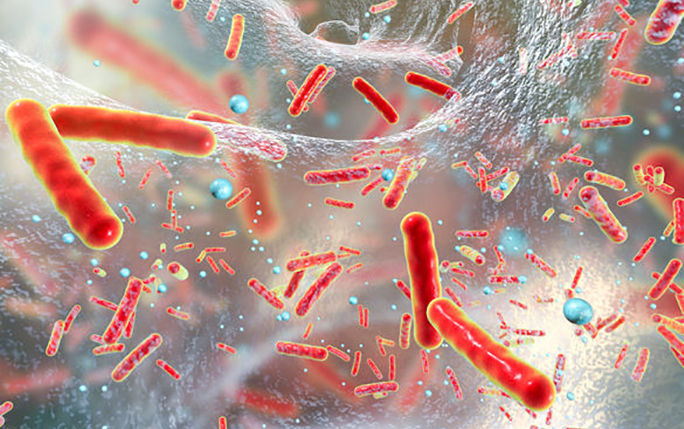Update on the HIV Nanomedicines campaign to mark World Aids Day

Thanks to the incredible support of our donors, the University’s HIV Nanomedicines campaign, launched at the end of 2017, helped us achieve our fundraising target of £400,000 in record time.
As we mark World Aids Day on 1 December, we are pleased to update on progress in the ongoing research which is led by HIV expert/Pharmacologist Professor Andrew Owen and Materials Chemist/Nanoparticle technologies expert Professor Steve Rannard, Co-Directors of the Centre of Excellence in Long-acting Therapeutics (CELT).
Why this research is so important
Of the 1.54 million children aged 0 – 14 living with HIV globally, only 57% were receiving lifesaving anti-retroviral therapy in 2022. Globally, children under the age of 15 account for 4% of all people living with HIV, 10% of new HIV infections and 13% of all AIDS-related deaths. Children under 1 are the most vulnerable to HIV. Evidence shows that early initiation of antiretroviral drugs in infants with HIV can save lives, yet, coverage of critical intervention among children remains too low. In 2022, 68% of the estimated infants exposed to HIV were tested for HIV within two months of birth globally. International guidelines advise that immediate antiretroviral therapy is crucial if HIV infection is detected in any child under 5 years. In reality, most children entering treatment programmes are older, with only 20% of all children under 15 years of age on antiretroviral therapy being under the age of 5 years in 2022. (Paediatric Care and Treatment, Unicef, July 2023)
A significant cause of non-adherence is child refusal to take medication due to the bitter taste. Innovations such as taste-masking, sprinkles and long-acting formulations can help ease the struggle between caregiver and child and increase adherence. Storage is also a barrier to giving appropriate formulations to children as many WHO-recommended treatment options available for babies and young children consist of a syrup which contains 40% alcohol and requires refrigeration. Many caregivers do not have convenient refrigeration mechanisms and so storing these formulations incorrectly could lead to reduced efficacy of the treatment.
Long-acting drug delivery systems are available in numerous formats across different disease areas, including injectables and solid implants. These types of long-acting injectable offer many advantages over oral daily dosing of medications, such as improving patient compliance, decreased clinic visits and reduced stigma. However, for babies and young children long acting injectables are an invasive procedure which can cause pain and distress to both child and caregiver. Therefore, an alternative long-acting delivery system, such as microarray patches (MAPs), could be an excellent alternative giving the same benefits over daily oral dosing as long-acting injectable formulations in a better tolerated delivery system.
Current Research
Andrew and Steve previously secured funding as part of the LONGEVITY project, funded by Unitaid, to investigate the use of microarray patches (MAPs) as a method of administering drug via small needles within the skin. The patches, which resemble a plaster, would allow administration far less frequently than oral medications, thereby reducing the huge burden on patients taking daily therapy and eradicating the need for taste masking for children.
Over the past 10 months, CELT and Queen’s University Belfast (QUB) have investigated the use of two antiretroviral therapies, tenofovir alafenamide (TAF) and bictegravir (BIC), in microarray patches for the treatment of HIV in paediatrics. Preliminary pre-clinical data suggests TAF nanoparticle-loaded MAPs only continuously release the active drug (tenofovir) for 3 days, however, BIC nanoparticle-loaded MAPs continuously released active drug (bictegravir) for more than 3 weeks. Although the amount of tenofovir administered via dissolving MAPs is lower than by intramuscular injection, our work so far still demonstrates that dissolving MAPs could potentially be an attractive platform for systemic administration of these drugs for HIV patients, including paediatrics.
Further funding will now be sought in order to continue this work and progress the use of microarray patches.
Read more about the pioneering HIV/AIDS research being undertaken by Professor Steve Rannard and Professor Andrew Owen and their development of micro-needle technology.